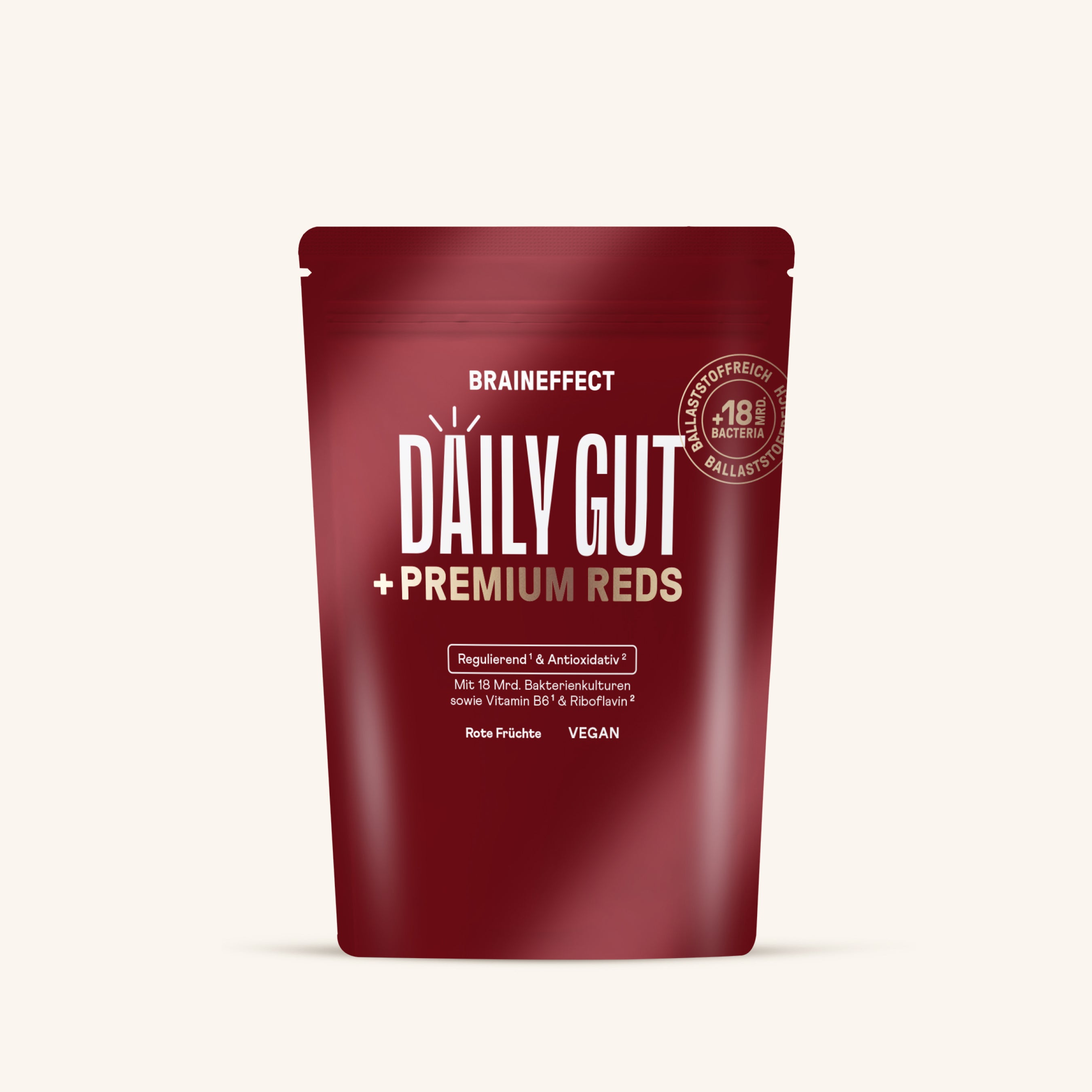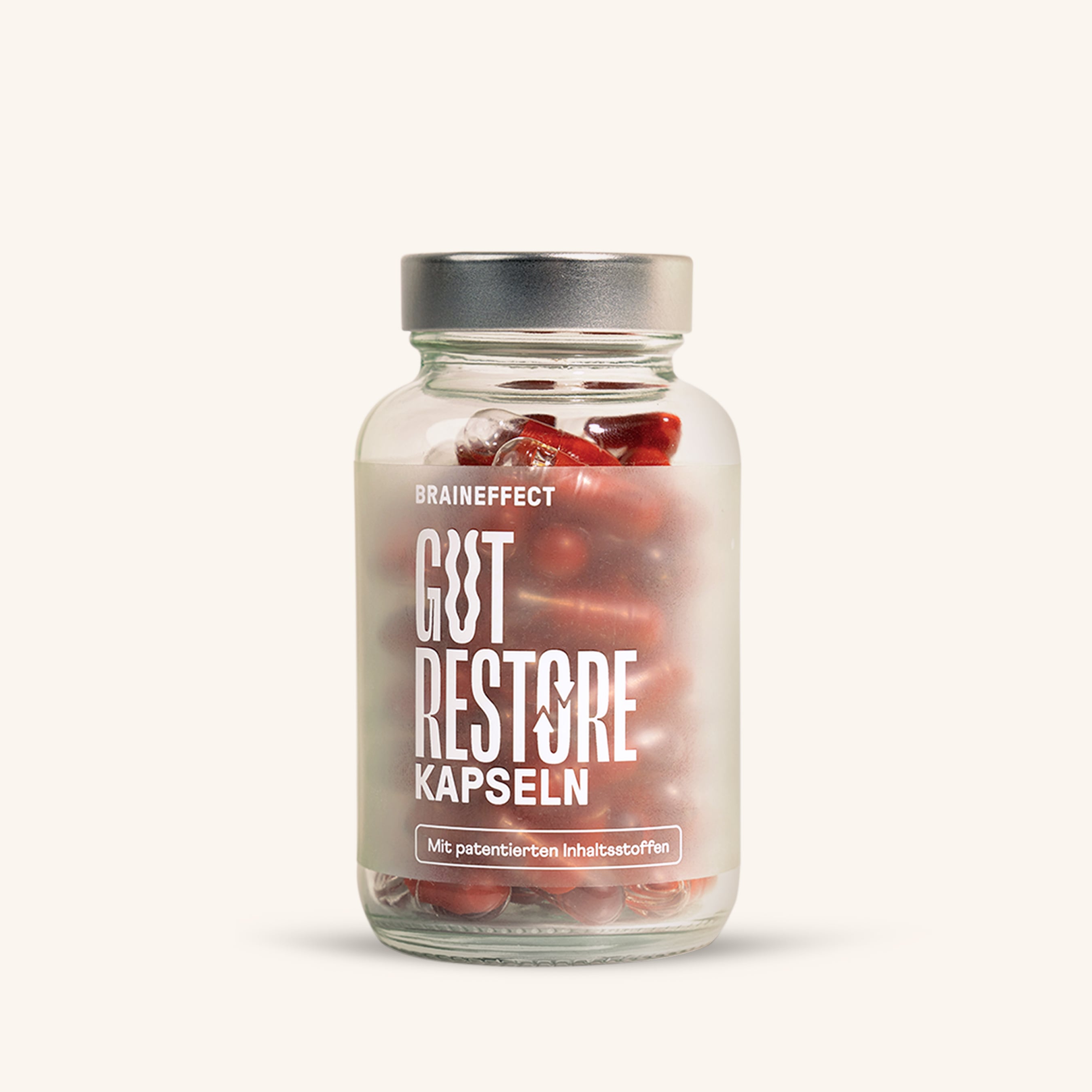Memory tuning with the chunking method
Outsmarting short-term memory
If you graphically represent the three memories as three boxes stacked on top of each other, where the width of each box corresponds to the storage capacity of that memory, you get a shape reminiscent of a bottle. The neck of the bottle would then correspond to short-term memory. And that's exactly how it is: short-term memory represents a fatal bottleneck in the learning process. Any information that is to be transferred to long-term memory must pass through this memory storage – and with a large amount of data, this can take an immensely long time or is almost impossible – if not done correctly. But how do we expand or outsmart our short-term memory? In 1956, the American scientist George A. Miller published his extensive research on the storage capacity of short-term memory. In doing so, he demonstrated, as I have already written, that its capacity to store information is limited to 7 ± 2 units, which he also called chunks (derived from the English word “chunk”).
What does “chunk” or “chunking” mean?
But what does this obscure term "information unit" or "chunk" mean? This question cannot be answered precisely, as it depends on the individual. The cognitive application of one's own know-how and previous experiences is crucial for chunk formation. By using knowledge in long-term memory, chunks can be made up of significantly more than just a single information unit (bit). This can be better understood with examples: The five-digit number from the test for measuring memory span described above was 3 0 1 8 5. For most people, this number represents 5 chunks when learning: 5 separate, unrelated units of information. However, for a person for whom 30 has special meaning (perhaps they have just turned 30) and 185 is also a striking number (perhaps their own height of 185 cm), the 5-digit number corresponds to two individual chunks and is therefore much easier to learn. Now try it yourself. What could the 6-digit number "140379" on the short-term memory test mean? This mental process of analyzing new learning material (here, the 6-digit number) and simply attempting to use existing knowledge leads to significantly improved learning performance. Well, did you come up with a good solution, or did you even discover my "chunk package"? Yes, the 6-digit number is Einstein's date of birth (I just left out the 18—but that's obvious). If you recognized the meaning of the 6 digits, your short-term memory would have only been occupied by one chunk of this information—so no problem for the bottleneck of your overall memory system!
This process of enlarging information units is also known as chunking. This also leads to an important learning tip: Whenever you learn something, use your existing knowledge and analytical skills. This increases the size of the information chunks you have to "digest" and automatically accelerates the integration of the learning material into your long-term memory; this dramatically increases your learning speed! Incidentally, like many scientists, I believe that even through training, we can hardly expand our short-term memory: from about 7 chunks to significantly more. Only the learning technique of chunking essentially "tricks" the limitations of our short-term memory. Now, as a practice, try applying the above learning tip to the next task. You have about 10 seconds to memorize the following 20-digit number:
1 8 7 1 1 9 1 4 1 9 1 8 1 9 3 9 1 9 4 5
Without the technique of chunking, this is a nearly impossible task; but with complete chunking, it's almost child's play. Let's run through the various chunking levels: Without historical knowledge or recognition of certain mathematical structures, there are 20 units of information – incidentally, there are considerably more chunks if you don't even know the digits and only see complicated symbols – a formidable task for someone who can't read or write (I can still remember what a laborious process it was until my 4-year-old son had the 10 digits somewhat down). On the other hand, if you at least recognize the mathematical principle that every second double number is a 19 (except for the initial 18), you only have about 13 chunks to memorize. If you recognize historical war dates in the numbers, the number of chunks is further reduced to 5. Ultimately, the 20-digit number sequence can be described as the War against France + the period of World War I + the period of World War II – in other words, as 3 chunks! And this amount of data fits into every short-term memory! We are often amazed by the seemingly fantastic achievements of chess players, doctors, managers, or musicians, for example – but these achievements are fundamentally based, among other things, on colossal chunking!

Tuning the memory by increasing the size of the chunks
Now you can learn to use your short-term memory much better by trying to absorb and process larger chunks (units of information). This becomes much clearer with a vivid analogy: Imagine an elongated table on which you are allowed to place books in a row next to each other. Let's assume that only 7 books fit on the table this way. But you want to put more books on the table! But you can't simply extend the table; so what else can you do? Of course, you can simply stack several books on top of each other, creating stacks of, for example, 3, 5, or 10 books each – and suddenly, with this "trick" or "technique," you can place up to 70 books on the table. The table is still the same (just like your short-term memory when studying), only now you have used it much better! Through this chunking in the short-term memory, more extensive and better-structured units of information can reach and be stored in your long-term memory. This crucial bottleneck, caused by the limited capacity of short-term memory, is thus improved. And the good news is: this chunking strategy is relatively easy to implement. Furthermore, it allows us to transfer more knowledge into long-term memory and, by linking it to familiar data, retrieve it more quickly and reliably – our data output is dramatically improved (and, as a side effect, the number of imaginative thoughts is also enormously improved!).
Requirements for the chunking method
Essentially, the chunking method requires only two things: a positive attitude toward information (whether in the form of numbers, names, words, or other data) and a love of searching for analogies/associations . However, I'm sure that, given the virtually infinite amount of data you already have stored in your long-term memory, you'll almost always "see" a good chunking opportunity. How about the following number combinations, for example? 906090 still corresponds to the ideal measurements of a female model, 314 is the beginning of pi, and 244 will probably remain the official height of a soccer goal for a long time to come. Furthermore, chunking allows expanded information packets to pass through short-term memory, allowing more extensive and better-structured information units to flow into long-term memory. As a result, this crucial information transport pathway is improved.
Ultimately, we "tune" our long-term memory by anchoring the incoming new information more solidly and diversely through our techniques, using association, imagination, emotion, logic, etc., and at the same time making it more comprehensive and quickly retrievable. Last but not least, our knowledge pool will naturally expand enormously over time – our real goal! With more knowledge, reliable and rapid retrieval, and optimal use of your own working memory, you will then be able to communicate more to those around you (and yourself!) at the crucial moment and will ultimately achieve astonishing success.















